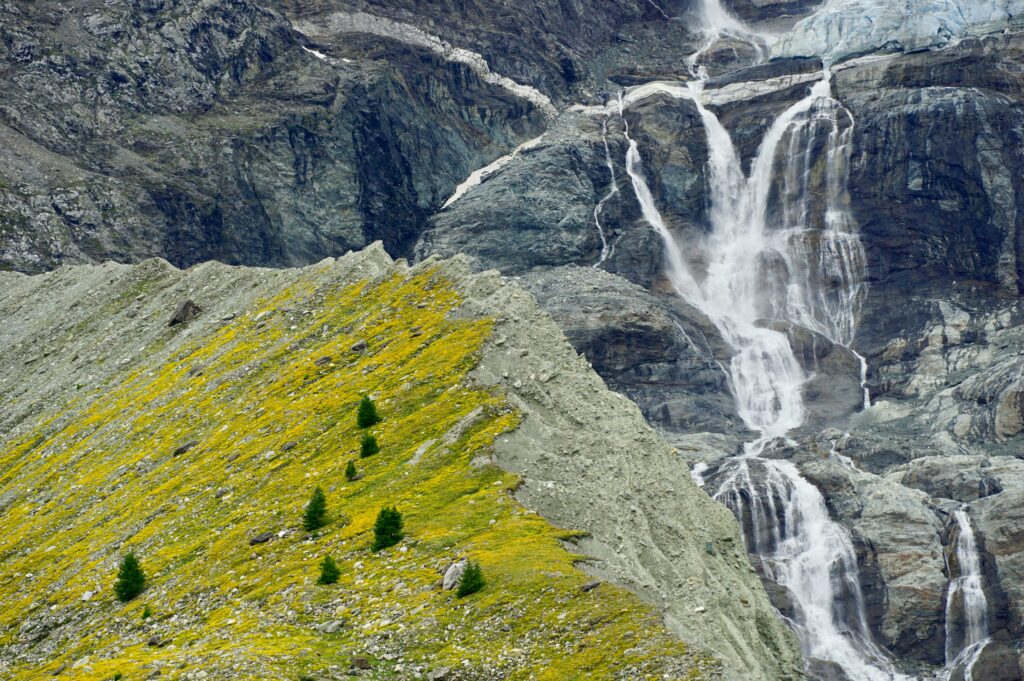IAG Photo Contest – winner March 2024
For this month only, we have two winners for the IAG Photo Contest in March 2024! They are Stefan Winkler (Germany) and Jana Eichel (The Netherlands)! Find below their photos and descriptive texts.
If you want to participate in the contest, find the rules, guidelines and details on the procedure here.
Tasman Glacier – a regional symbol for current glacier retreat
by Stefan Winkler, Germany
Tasman Glacier is the largest glacier in the Southern Alps of New Zealand, located immediately east of the Main Divide below the summit of Aoraki/Mt.Cook prominently towering in the centre of the image. The glacier is characterised by its lower tongue almost completely covered by supraglacial debris. This is typical for valley glaciers in the Southern Alps and the result of frequent denudational and gravitational processes triggered, for example, by seismic or major storm events. After several decades of mainly vertical downwasting during the middle of the 20th century, an initially supraglacial lake started to enlarge during the late 1990s causing the terminus of Tasman Glacier to retreat rapidly. This retreat by calving partly needs to be interpreted as ‘delayed’ response caused by the isolating effect of the supraglacial debris and not only the current climatic conditions. The huge and steep lateral moraines are exposed to strong paraglacial overprinting.
A glimpse into a glacial landscape of the future
by Jana Eichel, The Netherlands
Over the past two decades, Turtmann glacier (Valais, Switzerland), has been strongly retreating, revealing a glimpse into a glacial landscape of the future. A few years ago, large parts of the steep shaly bedrock in the picture were still covered by glacial ice. Now, glacial meltwater cascades down it on its way to the floodplain. On hot summer days, remaining glacier ice of the former icefall is breaking loose and can be heard crashing down the slope. Strong gullying processes dissect the steep lateral moraine during on-going paraglacial adjustment. At the gentler distal slope, however, plants are starting to colonize. Typical “greening” is substituted here by yellow coloring from prevalent Anthyllis spp. flowers. Small larch trees (Larix decidua) start to appear, further stabilizing this formerly eroding slope and turning it into a biodiverse alpine ecosystem.

